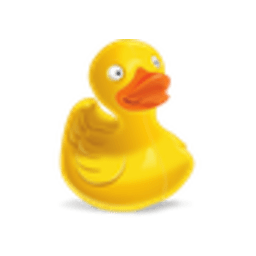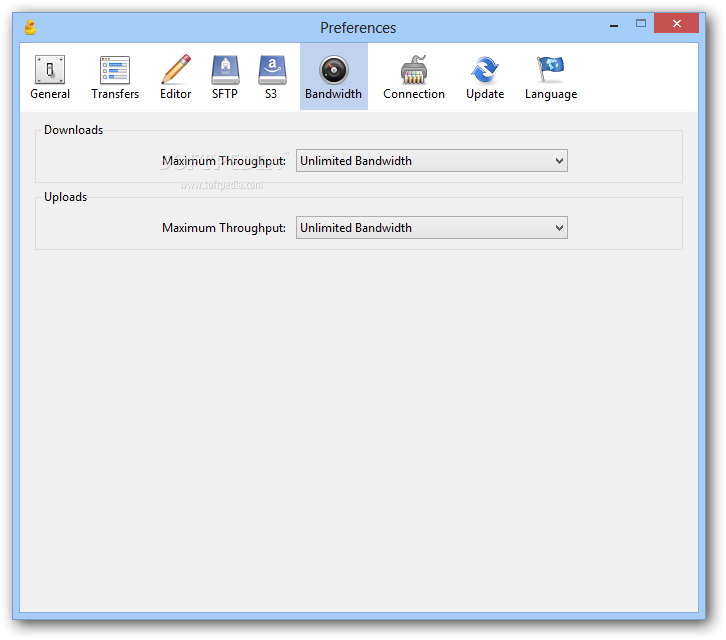

Open-source license that gives you broad permissions to modify and README and asked to agree to the license for the software (it's an When you open the installer, you will be given a chance to read the Highlights the versions for Mac and Windows systems that are linked

X86_64, and you will need to pick one that is dated 2020.02 and Your operating system that's for the x86 architecture instead of

Try one of the installers above first), you will need the installer for In case you have a 32-bit operating system (unlikely if you're not sure, The specific installers that we want you to use are: You canįind installers for many versions of Anaconda on different operating Version instead of the most recent one, to match up with Thonny. Will be using Jupyter Notebooks in this class, and you can use a programĬalled Anaconda to run notebooks on your own computer.īecause of a recent update to Anaconda, we are going to use an older

In addition to Thonny, which comes with its own version of Python, we We will review how to use Thonny during the first lab. Which tells you that Thonny was successfully installed on your machine. Eventually, you will arrive at this screen: When given options, if you are uncertain, use the default suggested by the installer. You'll see this screen when the installer starts:Ĭlick through each of the sections (License, Destination Select, Installation Type, Installation, Summary). Double-click on the installer, and it will start the process of installing Thonny. By clicking on the blue links below, the installer will automatically download to your machine. You can download installers for Thonny below. If you encounter problems with the installation process, please post on piazza. CyberDuck (to download starter code and upload your pset code).Anaconda (to run Python via Jupyter notebooks).In an ideal scenario, all three programs would be downloaded to your personal laptop before the first day of class. This page provides links to download software for this class onto your personal laptop.


 0 kommentar(er)
0 kommentar(er)
